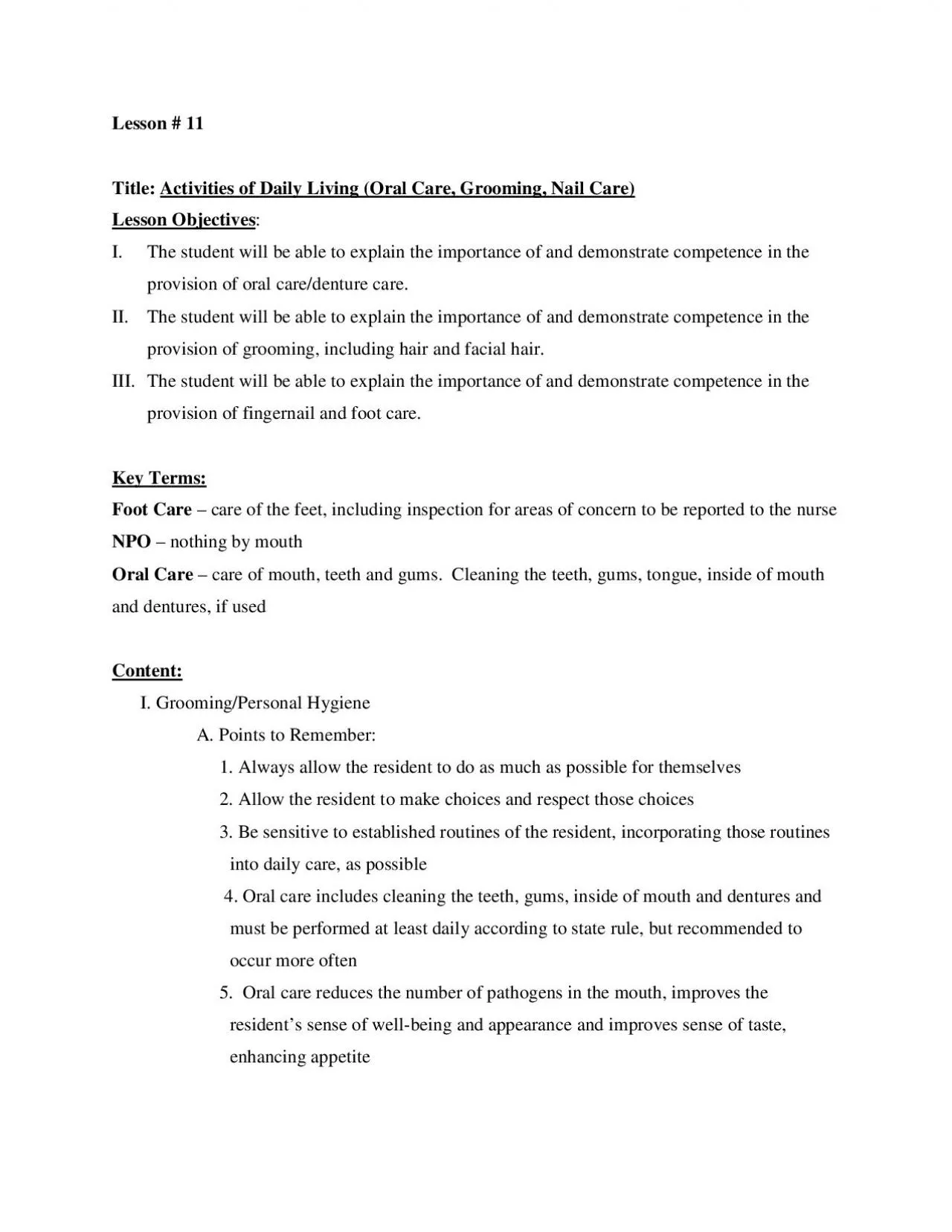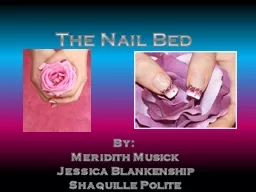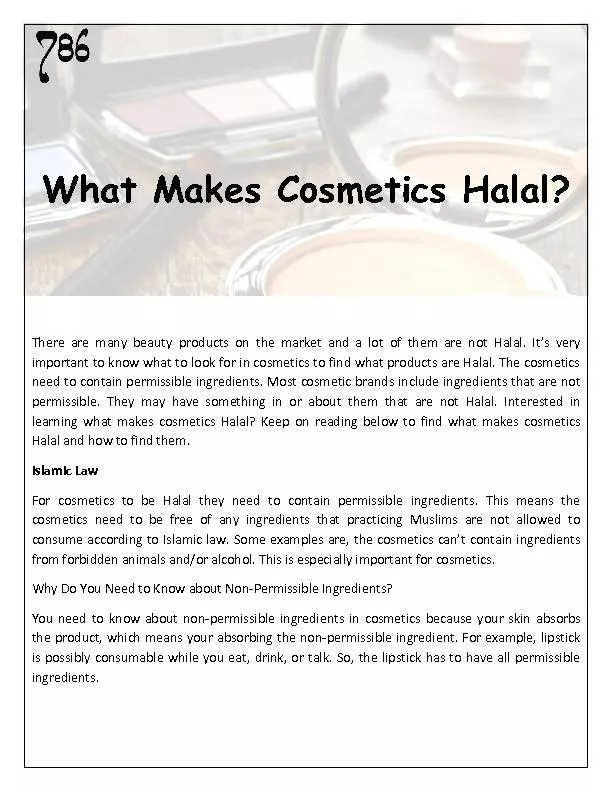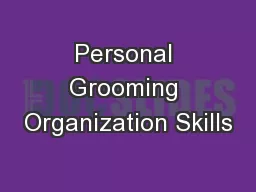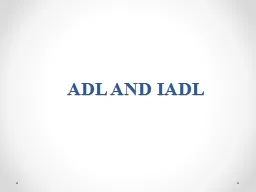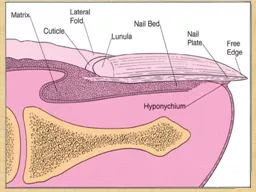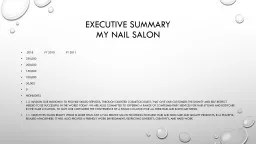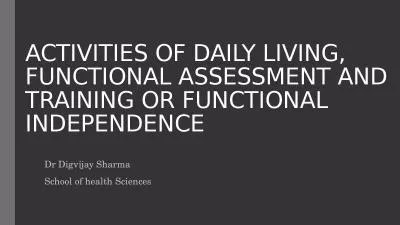PDF-Title Activities of Daily Living Oral Care Grooming Nail Care
Author : arya | Published Date : 2022-08-21
Lesson 11 Lesson Objectives The student will be able to explain the importance of and demonstrate competence in the provision of oral caredenture careIIThe student
Presentation Embed Code
Download Presentation
Download Presentation The PPT/PDF document "Title Activities of Daily Living Oral Ca..." is the property of its rightful owner. Permission is granted to download and print the materials on this website for personal, non-commercial use only, and to display it on your personal computer provided you do not modify the materials and that you retain all copyright notices contained in the materials. By downloading content from our website, you accept the terms of this agreement.
Title Activities of Daily Living Oral Care Grooming Nail Care: Transcript
Download Rules Of Document
"Title Activities of Daily Living Oral Care Grooming Nail Care"The content belongs to its owner. You may download and print it for personal use, without modification, and keep all copyright notices. By downloading, you agree to these terms.
Related Documents

